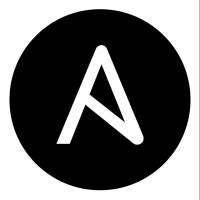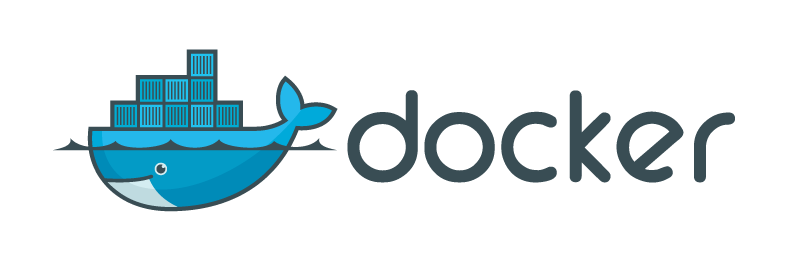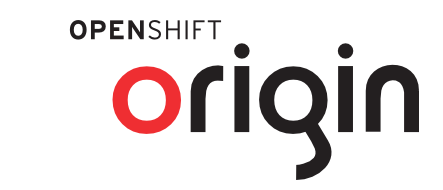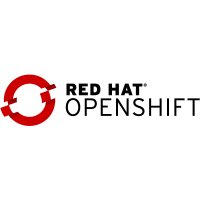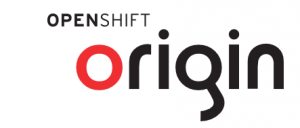
OpenShift v3
Introduction
OpenShift v3 brings many architectural changes and introduces new concepts and components. It is built around the applications running in Docker containers, scheduling and management support provided by the Kubernetes project, and augmented deployment, orchestration, and routing functionality on top.
The most significant changes surround the container model and how they are monitored and interconnected. Kubernetespods are a group of containers that act like a single VM: they have a single IP address, they can share a file system, and they typically have similar security settings. Grouping containers together vastly increases the number of applications that can be brought to OpenShift. Rather than focusing on a microservice model to the exclusion of all other patterns, pods enable developers to port existing applications that need to share local resources while still benefiting from a containerized model.
Second, OpenShift containers are expected to be immutable: the image contains a particular snapshot of application code and its dependent libraries, while any configuration, secrets, or persistent data is attached to the container at runtime. This allows administrators and integrators to separate code and patches from configuration and data. While it is still possible to mutate your containers, the higher level concepts of build and deployments leverage immutable containers to provide higher level guarantees about what code is running where.
The third important change is in the core system design: OpenShift and Kubernetes are built as sets of microservices working together through common REST APIs to change the system. Those same APIs are available to system integrators, and those same core components can be disabled to allow alternative implementations. A great example of this are thewatch APIs: clients can connect and receive a stream of changes to pods (or other objects) and take action on them as the pods become available (to signal errors or log changes to the system). OpenShift exposes fine-grained access control on the REST APIs to enable this integration, which means there are no actions in the system that cannot also be done by an integrator.
Continue reading →


